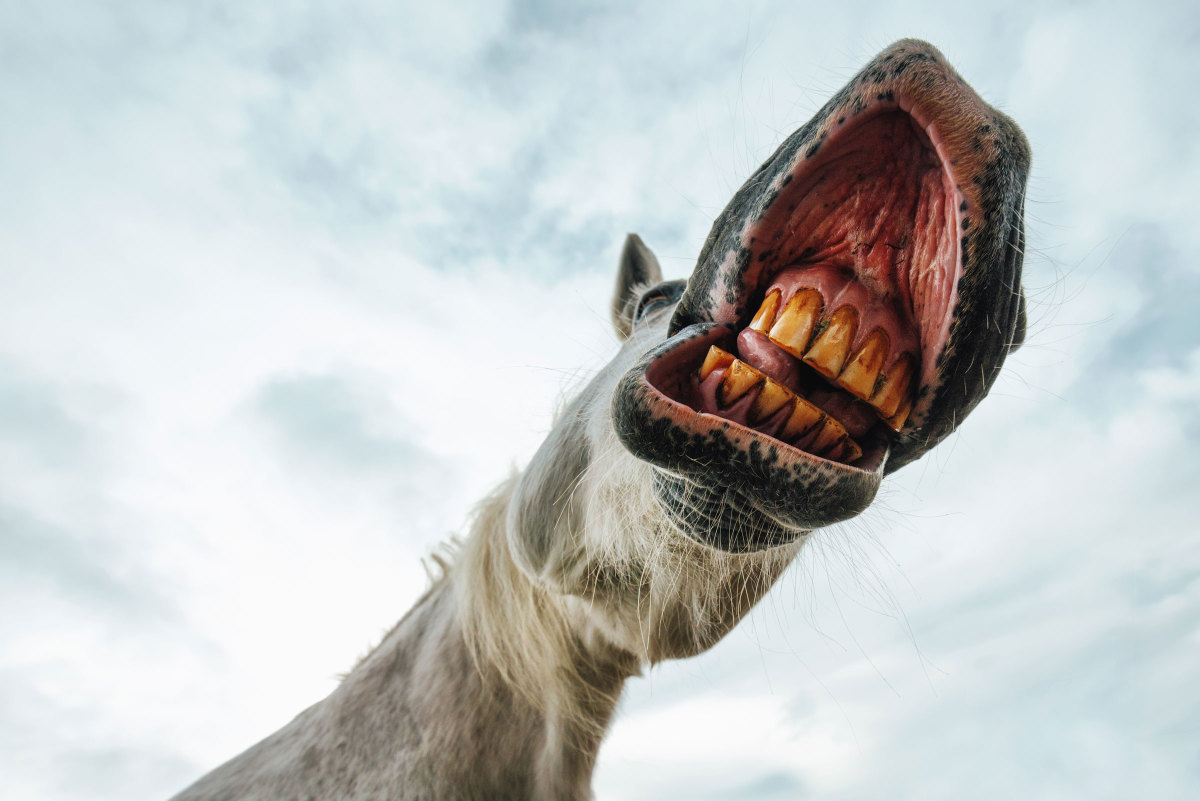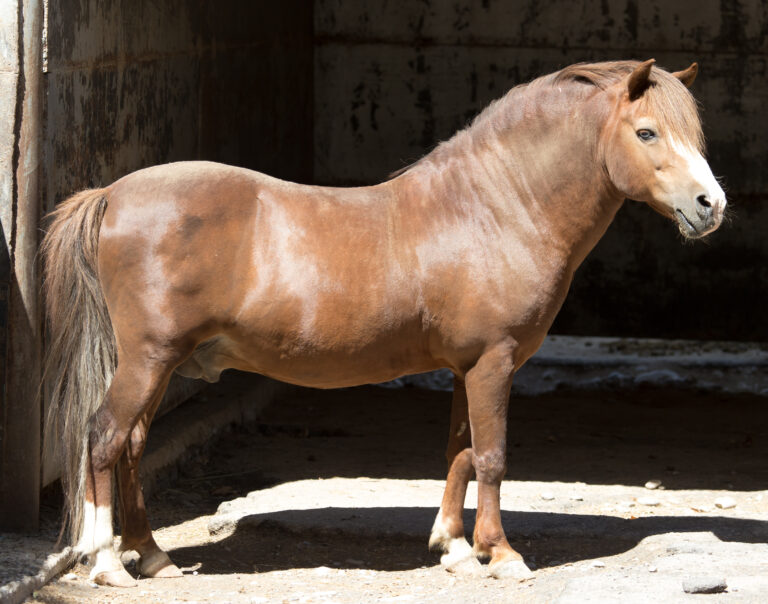
Dental evaluation and procedures are common in equine veterinary practice. Two often-overlooked conditions were reviewed and presented by Travis Henry, DVM, DAVDC, and Cleet Griffin, DVM, DABVP, at the 2017 North American Veterinary Conference. Since being recognized a decade ago, tooth resorption and hypercementosis (EOTRH) are frequently identified. Equine practitioners will want to be aware of the presence of these syndromes.
Henry and Griffin describe tooth resorption (TR) as “an elaborate interaction between inflammatory cells, osteoclasts, periodontal tissues, alveolar bone and the hard dental tissues.” This progressive condition is often painful. Hypercementosis is an enlargement of the reserve crown and root. When it occurs, it is usually concurrent with the resorptive process. This might be visually appreciated as “a bulging or gingival recession of the incisor mucosa that exposes the reserve crown (unerupted portion) of the teeth.”
By the time the condition is clinically apparent, it has likely been going on for months or years. Draining tracts and parulis lesions (pustule on the mucosa) are seen in advanced stages of TR. The best way to diagnose early onset of these conditions is with dental radiographs of all quadrants of the incisors.
According to the presenters, the horse appears to be affected by two types of resorption processes:
- External inflammatory resorption — approximately 49% of horses and 17% of teeth. This is visualized radiographically by enlargement of the periodontal ligament space with loss of dental hard tissue and alveolar bone.
- External replacement resorption — approximately 77% of horses and 31% of teeth. This is visualized radiographically by loss of the periodontal ligament space and alveolar bone overtaking dental hard tissue.
Hypercementosis occurs in 21% of horses and 8% of teeth. It is visualized radiographically as enlargement of the dental hard tissue affecting the reserve crown and apex.
The recommendation is that all horses over age 15 should have incisor and canine teeth evaluated with radiographs to screen for EOTRH. Extraction is currently the treatment of choice in advanced cases.

![[Aggregator] Downloaded image for imported item #18375](https://s3.amazonaws.com/wp-s3-equimanagement.com/wp-content/uploads/2025/09/30140031/EDCC-Unbranded-26-scaled-1-768x512.jpeg)


